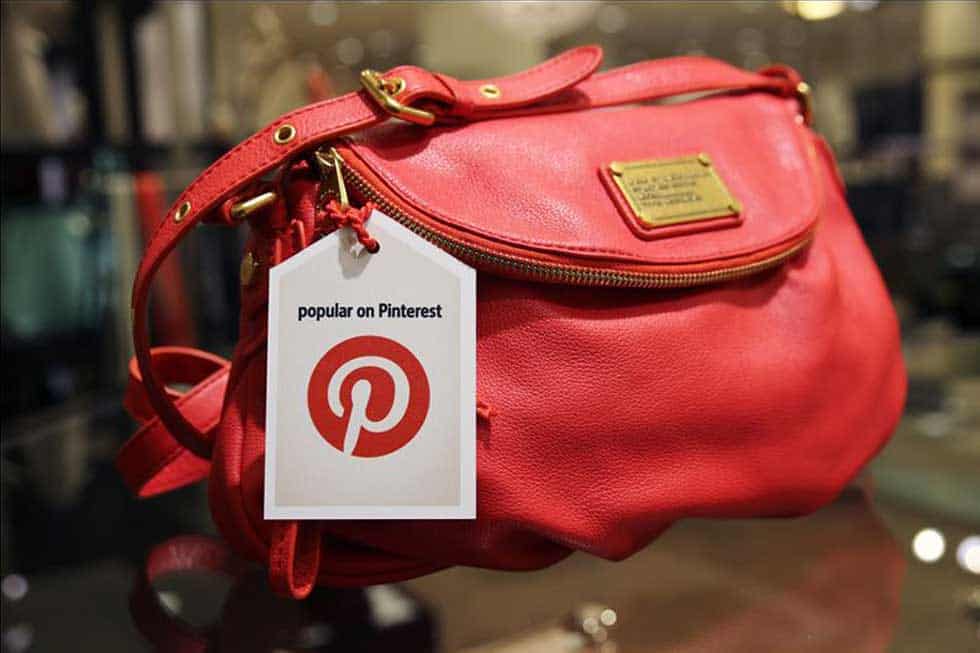
Industry insiders predict that Social Commerce will drive $15-billion in sales in 2015. Is sCommerce just another buzzword, or a game changer for online retailers?
The social media industry is at a crossroads. In its purest unadulterated form, social has made the world more connected by facilitating real-time human interaction and sharing. However, the major players like Facebook and Twitter need to keep investors happy, and this means finding new ways to monetize their relationships with brands.
Many predict the next big move will be the rollout of tools that make it easier for online retailers to sell products directly from their social accounts. With the rise of online shopping, especially on mobile devices, it only makes sense for social media platforms that are mobile-centric (e.g. Facebook and Twitter) to exploit these trends.
The origins of sCommerce
Facebook was the first to toy with social commerce with the 2011 launch of a shopping app by a company called Payvment. In 2012 Payvment created a stand-alone site called Lish that used Facebook Open Graph to pull in products from its shopping app, In 2013, after failure to generate users and revenue, Payvment was acquired by Intuit and began referring users to another social commerce platform called Ecwid, which has yet to gain true momentum.
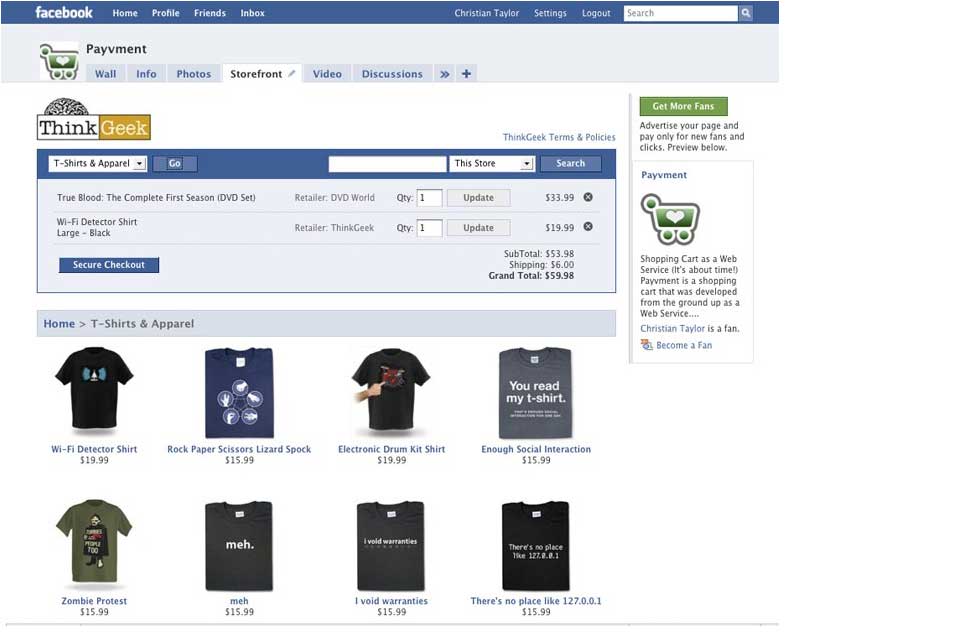
Facebook’s 2011 shopping tab, powered by Payvment
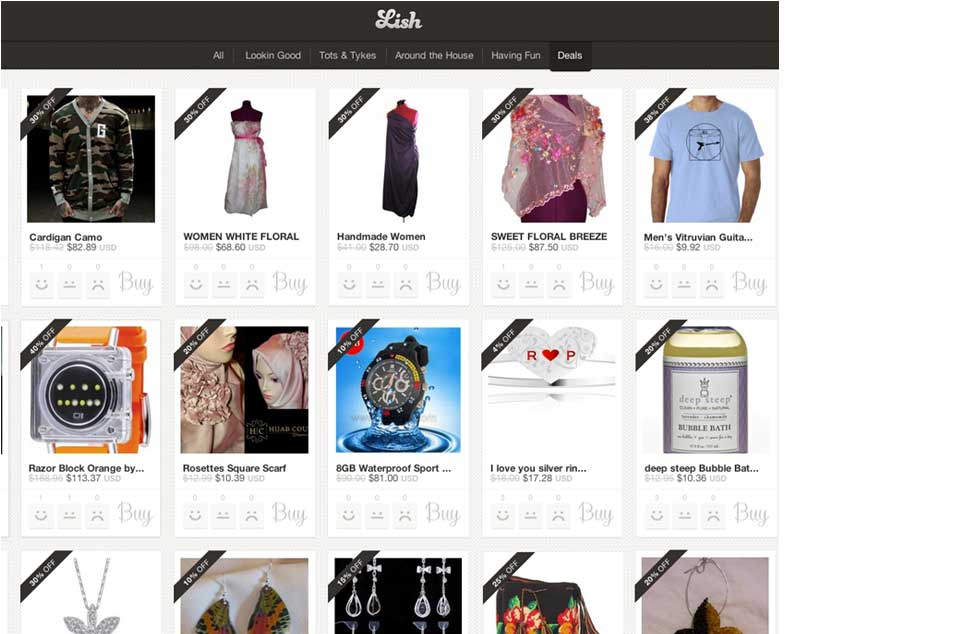 Social Commerce site Lish
Social Commerce site Lish
The future of sCommerce
In 2014, Twitter launched Product Cards and Twitter, Facebook and Pinterest began working on “buy” buttons, which (in 2015, if all goes well) will allow users to purchase products directly from their social media feeds. These were “aha” moments for brands and marketers. Consumers are spending more and more time on mobile devices, and social media obsession is at an all-time high.
Missing from the list of social media giants poised to take sCommerce by storm, is Instagram. The world’s most popular photo sharing app has no known plans to allow for purchasing products directly from Instagram feeds; however, the race is on to replicate this functionality.
Social Marketing company Curalate recently launched a service called Like2Buy, which generates a URL that mimics brand’s Instagram feeds, and allows users to purchase products.
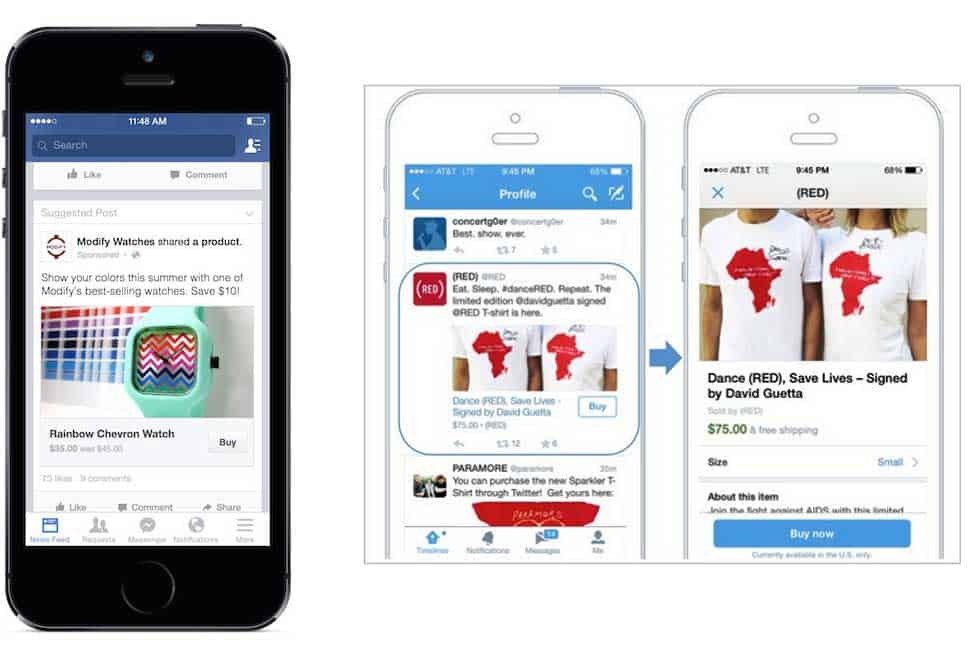 Previews of Facebook and Twitter “Buy” buttons, in BETA
Previews of Facebook and Twitter “Buy” buttons, in BETA
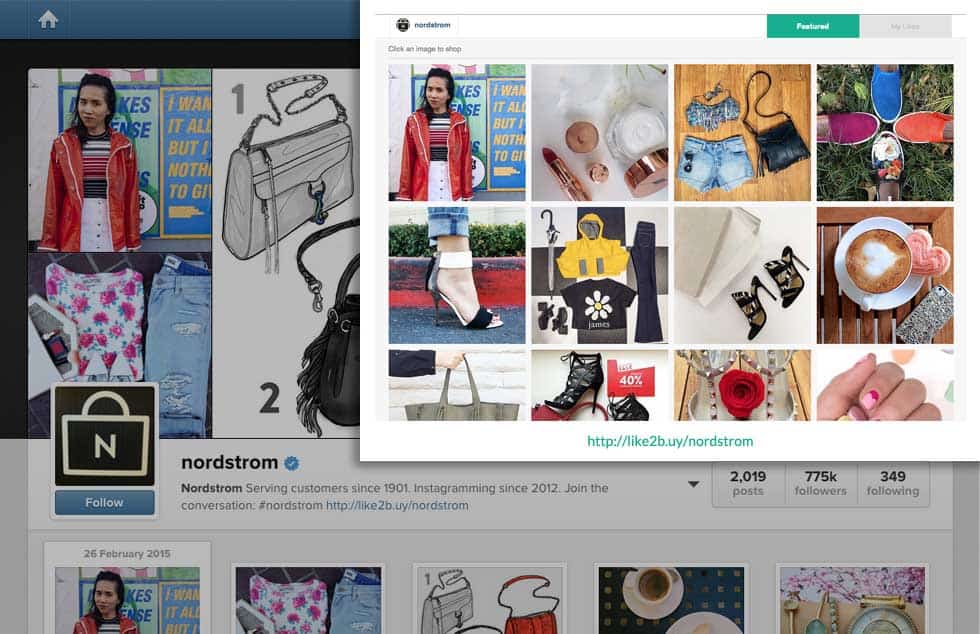 Nordstrom’s Like2Buy page, linked from its Instagram profile
Nordstrom’s Like2Buy page, linked from its Instagram profile
Unlike ecommerce websites, which can require a lot of time and patience to navigate, social feeds have the opportunity to capitalize on the simplicity, convenience and impulse that the mobile-social experience provides.
Shopping online on a desktop computer is like going to a shopping mall where an investment of time and energy is required to find what you’re looking for. Social commerce, on the other hand, has the power to introduce brands or products to people while they are in the natural flow of their day or life, which encourages impulse buys and introduces the excitement of discovering something new. These factors are why sites like Haute Look and Living Social have become so popular.
2015 is bound to be an exciting year, as industry experts and brands wait for social media companies to formally announce their plans for rolling out sCommerce features. It will be interesting to see how consumers respond to being bombarded with more advertising and more choices; however, if the latest statistics on mobile growth are an indicator of things to come, we suspect this will be a game changer for brands and consumers alike.
Let`s Get
In Touch
Contact us today for a free consultation
and cost estimate for
your project.
We work with companies in all
industries, big or small.
Give Us a Call: 786-529-6039
Services
©2024 FUZE DIGITAL INC. Ignite Your Brand™ | privacy





